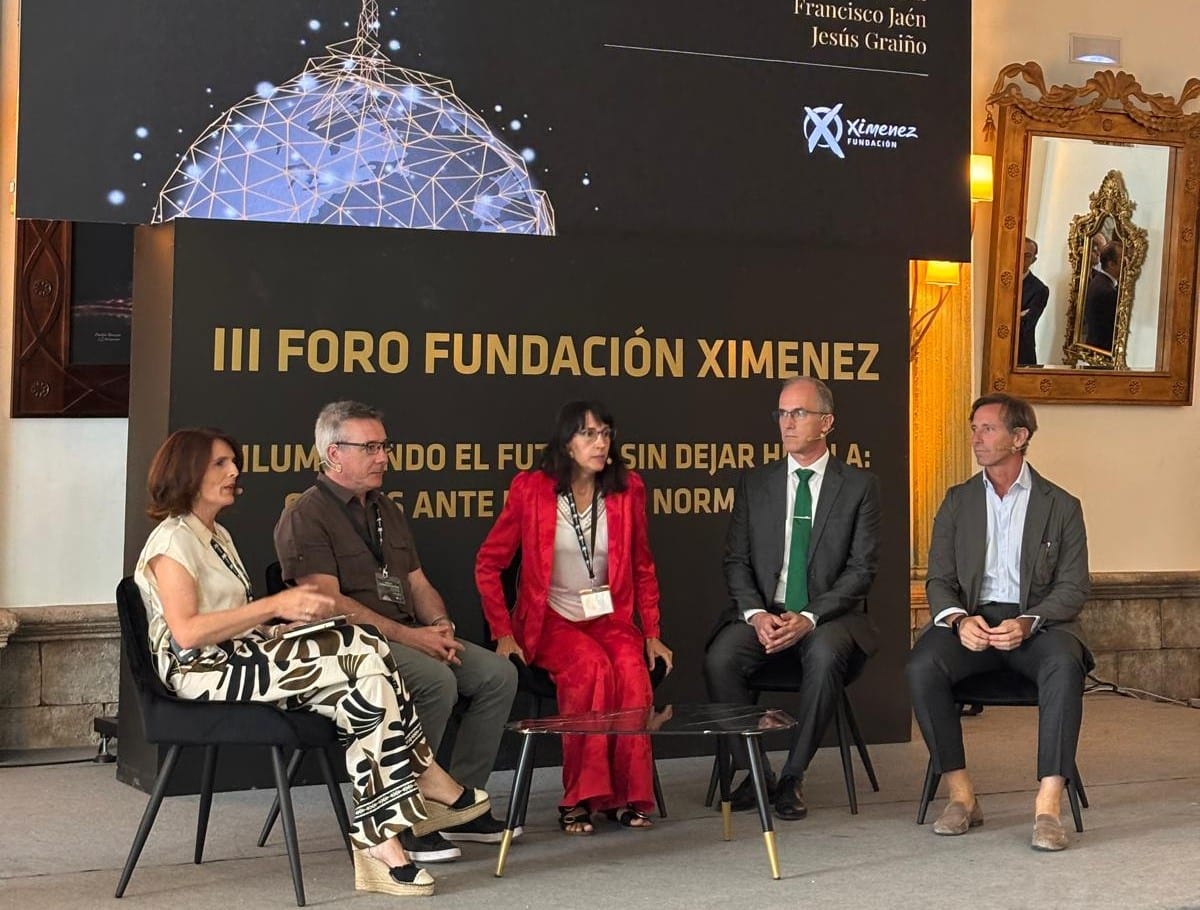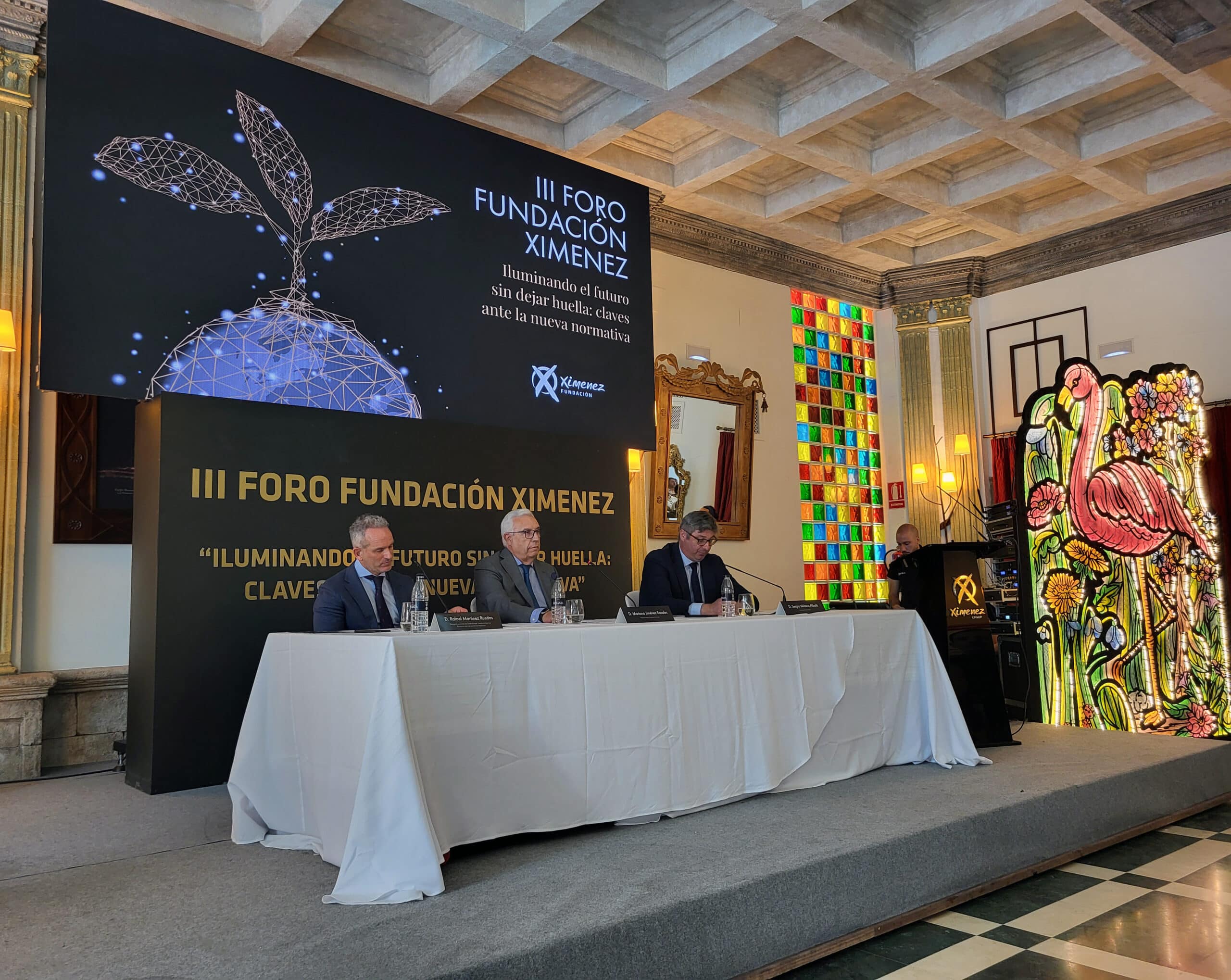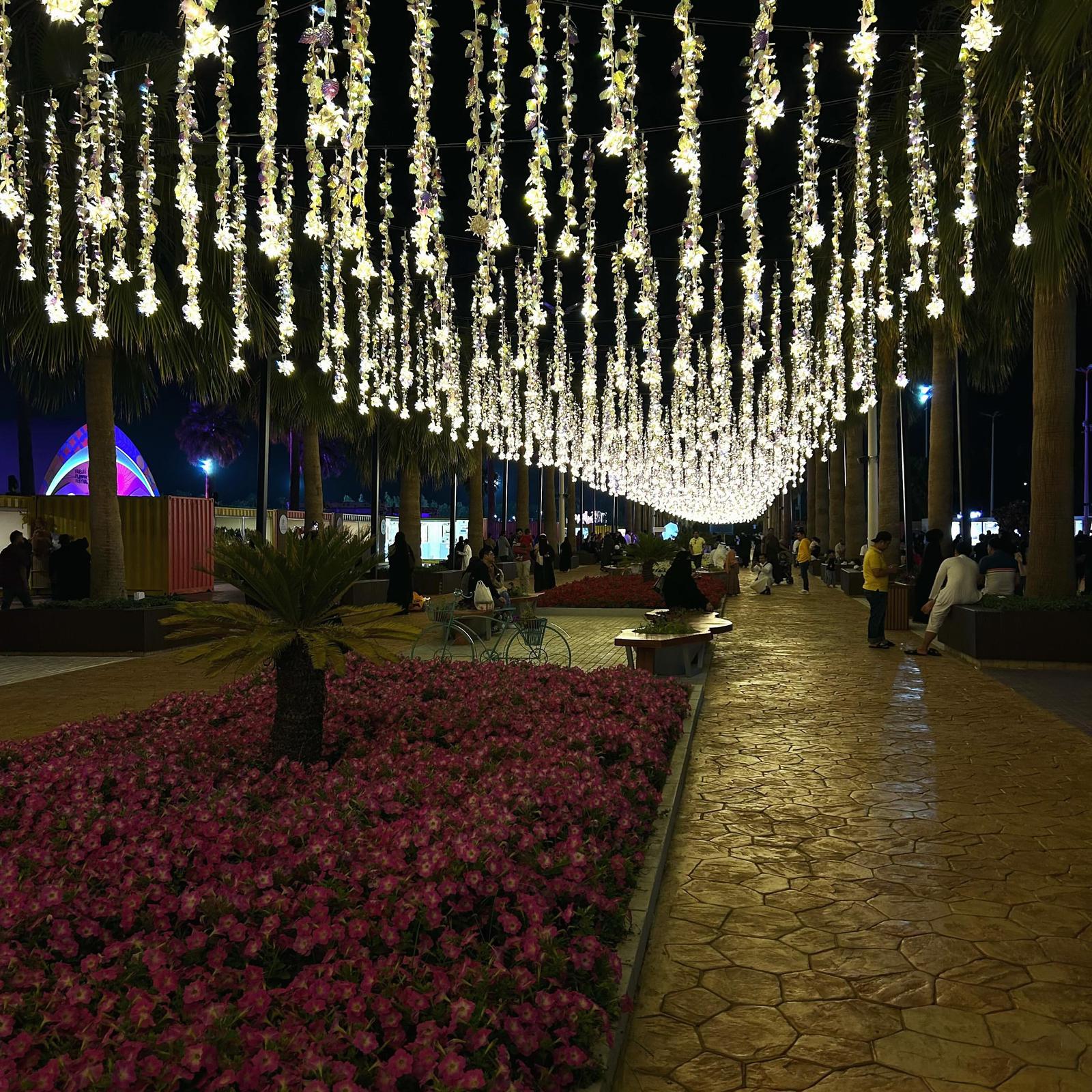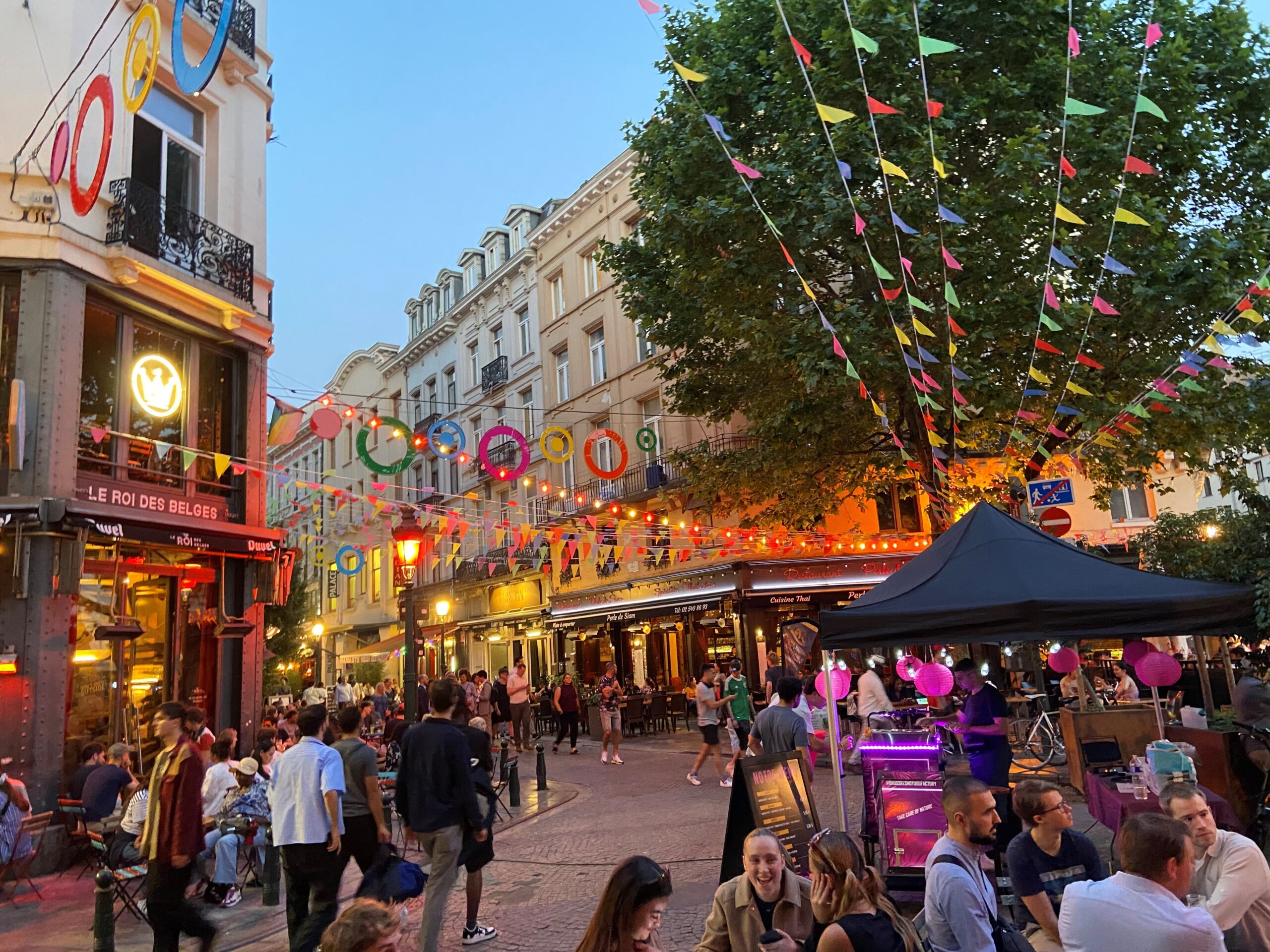Under the slogan ‘Lighting the future without leaving a trace: keys to the new regulations’, the 3rd Forum of the Ximenez Foundation was the meeting point for analysing the impact of the new regulations of the Andalusian Regional Government on light pollution
On Wednesday 18 June, the Ximenez Foundation held its 3rd Forum entitled ‘Lighting the future without leaving a trace: keys to the new regulations’, an event that brought together experts, technicians, institutional representatives and professionals from the lighting sector to analyse the impact of the new Andalusian regulations on light pollution and the sector’s innovative solutions for a more responsible model.
During the forum, the importance of moving towards a lighting model that combines innovation and respect for the environment was highlighted, and during the presentations and debates it was reaffirmed that the fight against light pollution is a shared responsibility, which opens the way to new technologies and sustainable practices.
Institutional commitment to sustainability
The forum was inaugurated by the Andalusian Regional Government’s delegate for Sustainability, Environment and Blue Economy in Cordoba, Rafael Martínez, who highlighted the Ximenez Foundation‘s commitment to sustainability and environmental protection. During his speech, he highlighted the recent approval of the Andalusian regulation against light pollution, a regulation that seeks to preserve the natural darkness of the night sky and reduce the environmental impact of artificial light, the result of a participatory process with experts, administrations and civil society. He stated that this regulation ‘places Andalusia among the pioneering regions in Europe in the protection of the night sky’.
For his part, the mayor of Puente Genil, Sergio Velasco, highlighted the exemplary role of the Ximenez Group as one of the companies committed to the great challenges of the 21st century, especially with regard to sustainability and the reduction of environmental impact. He highlighted the company’s ability to adapt to the new regulations and lead the change towards an environmentally friendly lighting model, such as Ecogreenlux. “Thanks to the Ximenez Group’s commitment to sustainable innovation, today we have decorative lighting that embellishes our spaces in a responsible and efficient way. Its commitment to low-consumption technologies, the design of elements that minimise light pollution and the use of recyclable materials within the framework of the circular economy make the company a benchmark in the transformation towards a more environmentally friendly model”.
On the other hand, the president of the Ximenez Foundation, Mariano Jiménez, welcomed the attendees with a clear and hopeful message: ‘It is possible – and necessary – to move towards a lighting model that is not only efficient, but also respectful of our environment and future generations’. He stressed that the sector is going through a crucial moment due to new regulations, such as the one recently approved by the Andalusian Regional Government to reduce light pollution. ‘The fight against light pollution is no longer an option, it is a responsibility’, he affirmed, also vindicating the Ximenez Group’s historical commitment to innovative and responsible lighting. The president of the Ximenez Foundation invited all those present to continue working towards a future where light beautifies cities without leaving a trace.
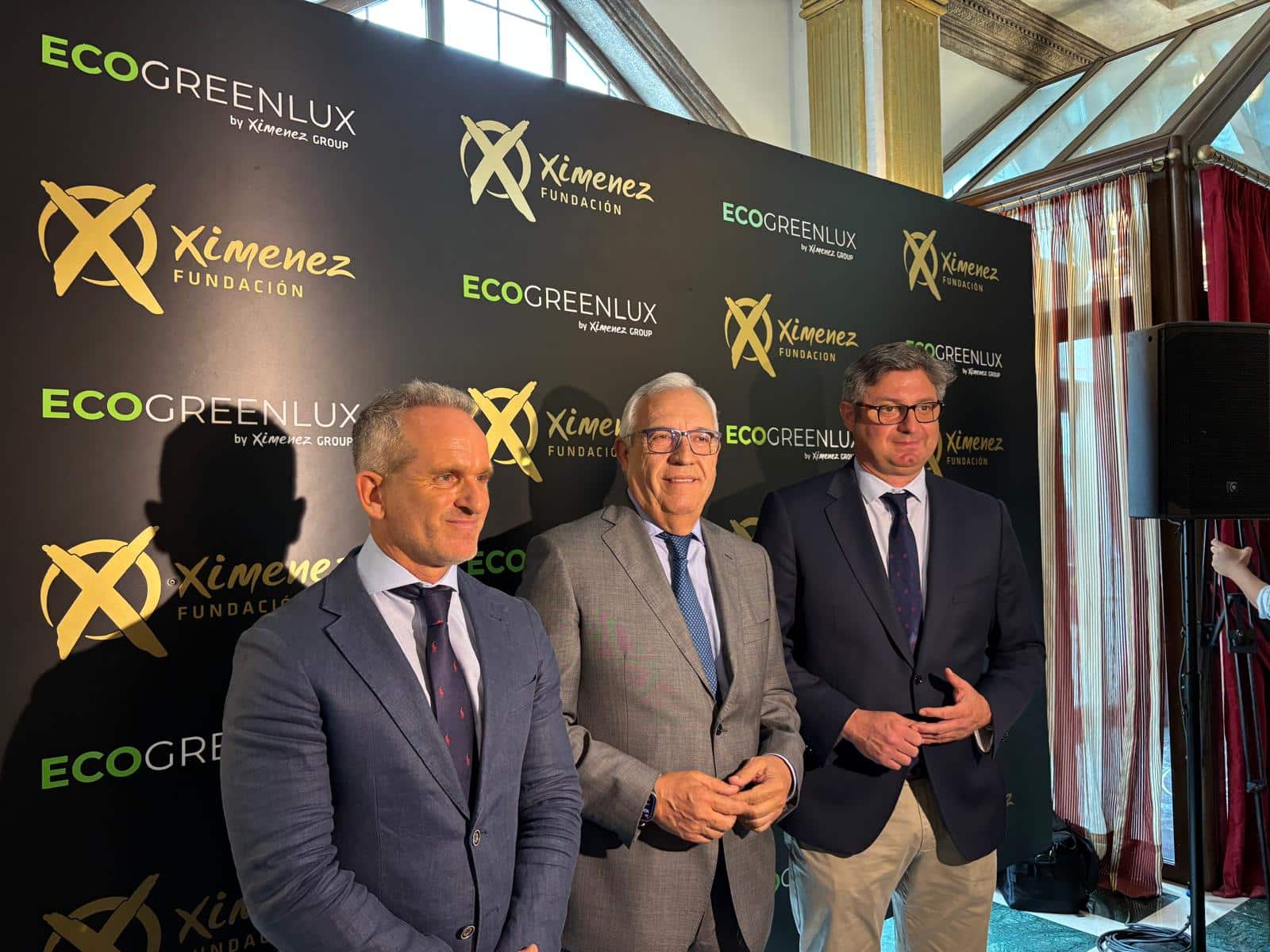
Major challenges
The content of the forum was opened by Estefanía Cañavate, a technician specialising in light and noise pollution at the Andalusian Environment and Water Agency, who focused on the main new features of the regulation and explained the keys to the new Decree 37/2025, of 11 February, which approves the Regulation on protection against light pollution in Andalusia. ‘This regulation represents a decisive step towards a more responsible management of artificial lighting in our territory’, he pointed out.
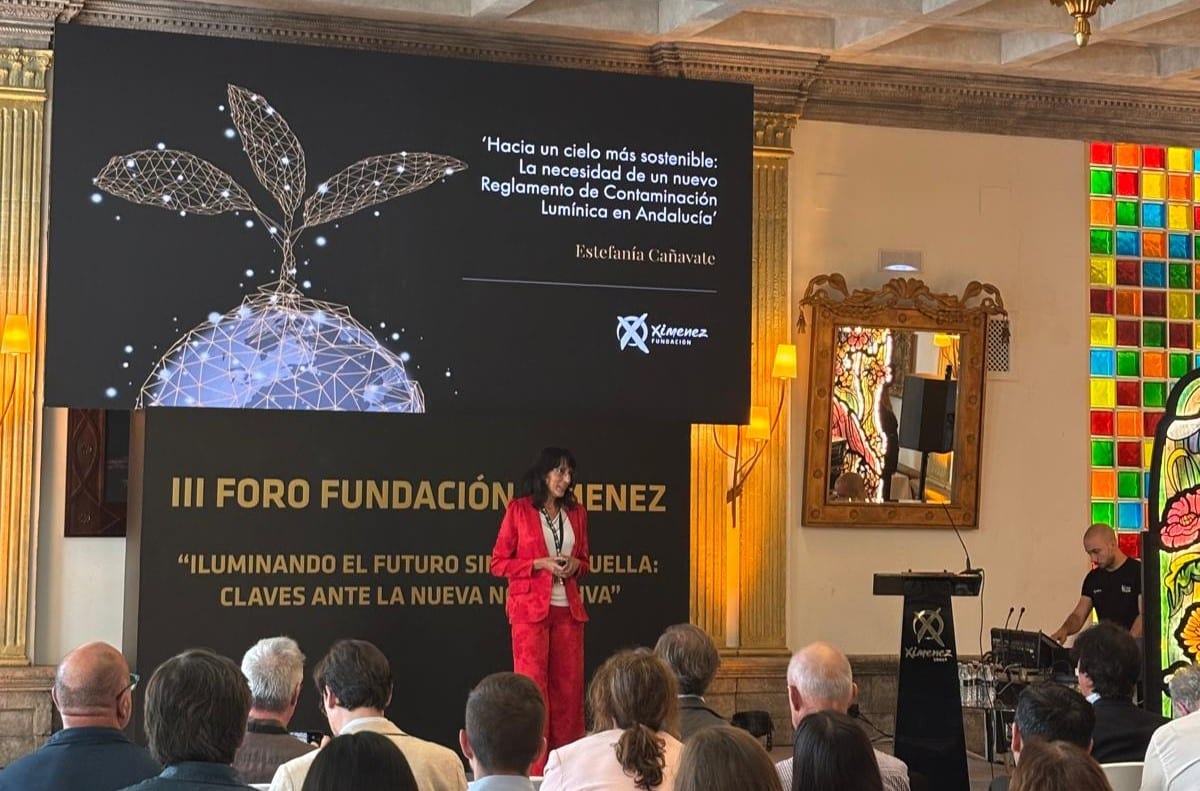
Next, David Galadí, astrophysicist and researcher at the University of Córdoba, gave a talk entitled What is the spectral index G?, in which he explored in depth one of the most innovative aspects of the new Andalusian regulation on protection against light pollution. ‘This regulation introduces for the first time the need to limit the amount of blue light emitted into the environment, and does so rigorously by means of the spectral index G’, explained Galadí, who has actively participated in the development of the new Andalusian regulation. The G index offers a more objective tool that is easier to calculate and is compatible with the standards of both lighting engineering and astronomy,” he explained.
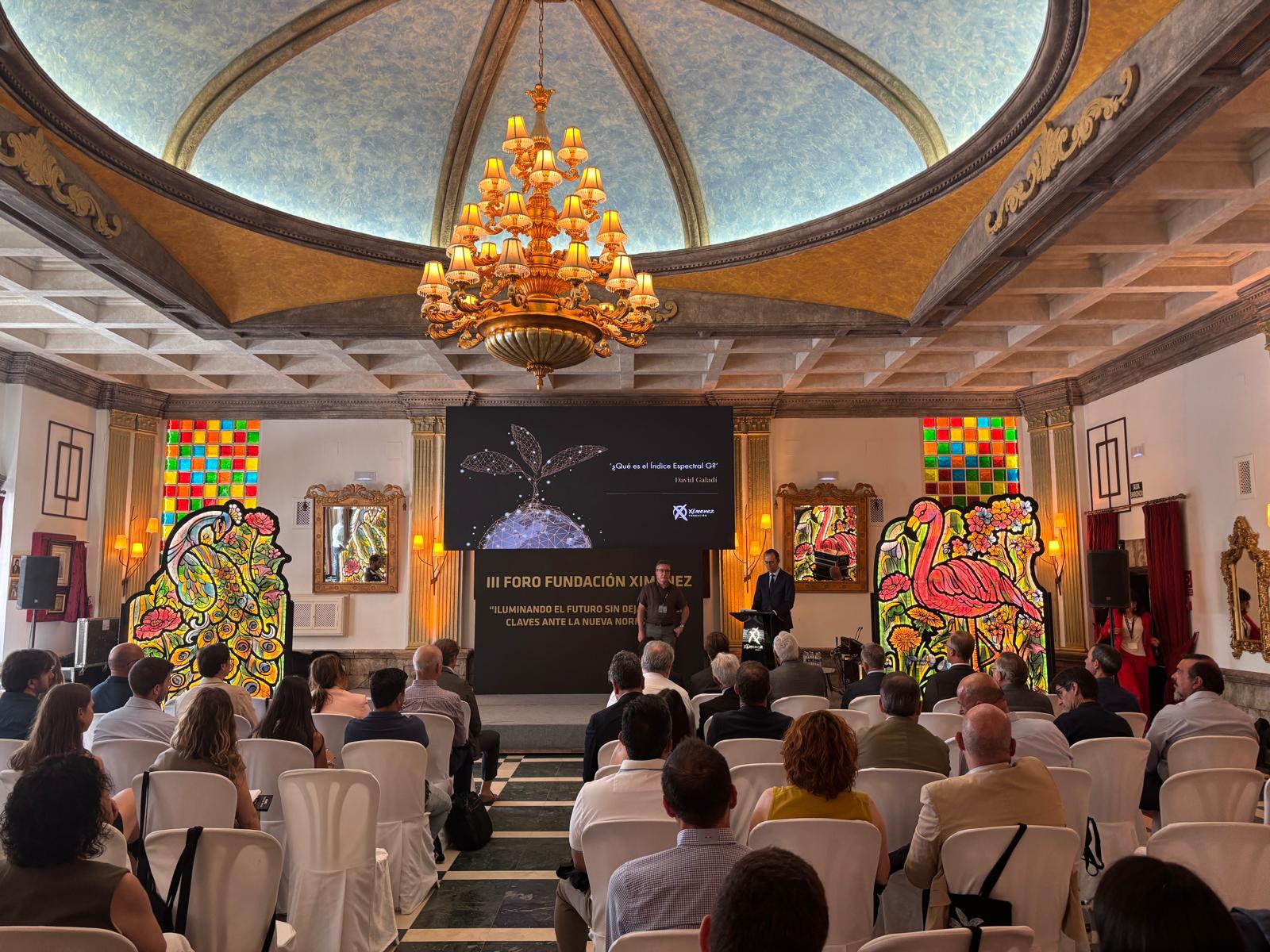
Ximenez Group, a leader in the artistic and decorative lighting sector, is a company deeply committed to innovation from a sustainable point of view. So much so that it has demonstrated that it is possible to anticipate regulatory challenges with its own solutions to reduce the environmental impact of this type of lighting. The result of this commitment is Ecogreenlux, a technology patented by Ximenez Group that allows efficient, creative and environmentally friendly lighting, thus anticipating the new regulatory requirements.
This was explained during his presentation entitled “Ecogreenlux, illuminate the future without leaving a footprint”, by Francisco Jaén, corporate director of Operations at Ximenez Group. Jaén explained how Ecogreenlux, a technology patented by Ximenez Group, makes it possible to reduce light pollution by up to 93% and achieve energy savings of up to 60%, without sacrificing the visual impact or the artistic quality of decorative projects. ‘With Ecogreenlux we demonstrate that it is possible to combine sustainability, efficiency and innovation in the design of festive lighting,’ he said, stressing that this solution not only meets current regulatory requirements, but also anticipates the future of the sector. Jaén concluded by emphasising the group’s commitment to responsible lighting, capable of transforming cities without compromising the environmental balance.

Engine of economic development
Later, Jesús Graiño, a specialist in urban lighting, who provided a practical view of its capacity to boost trade and tourism during his speech, “Decorative Lighting as a Driver of Economic Development”, stated that decorative lighting not only represents an environmental transformation, but is also an economic driver. Graiño stressed that ‘well-designed lighting not only beautifies public spaces, but also stimulates commerce, boosts tourism and strengthens the identity of a city’. He highlighted the direct impact these projects have on economic activity, generating employment, attracting visitors and creating more attractive environments for investment. ‘We are not just talking about lights, we are talking about a strategic development tool’, he said, inviting city councils and public entities to consider lighting as an investment with a tangible return for communities.
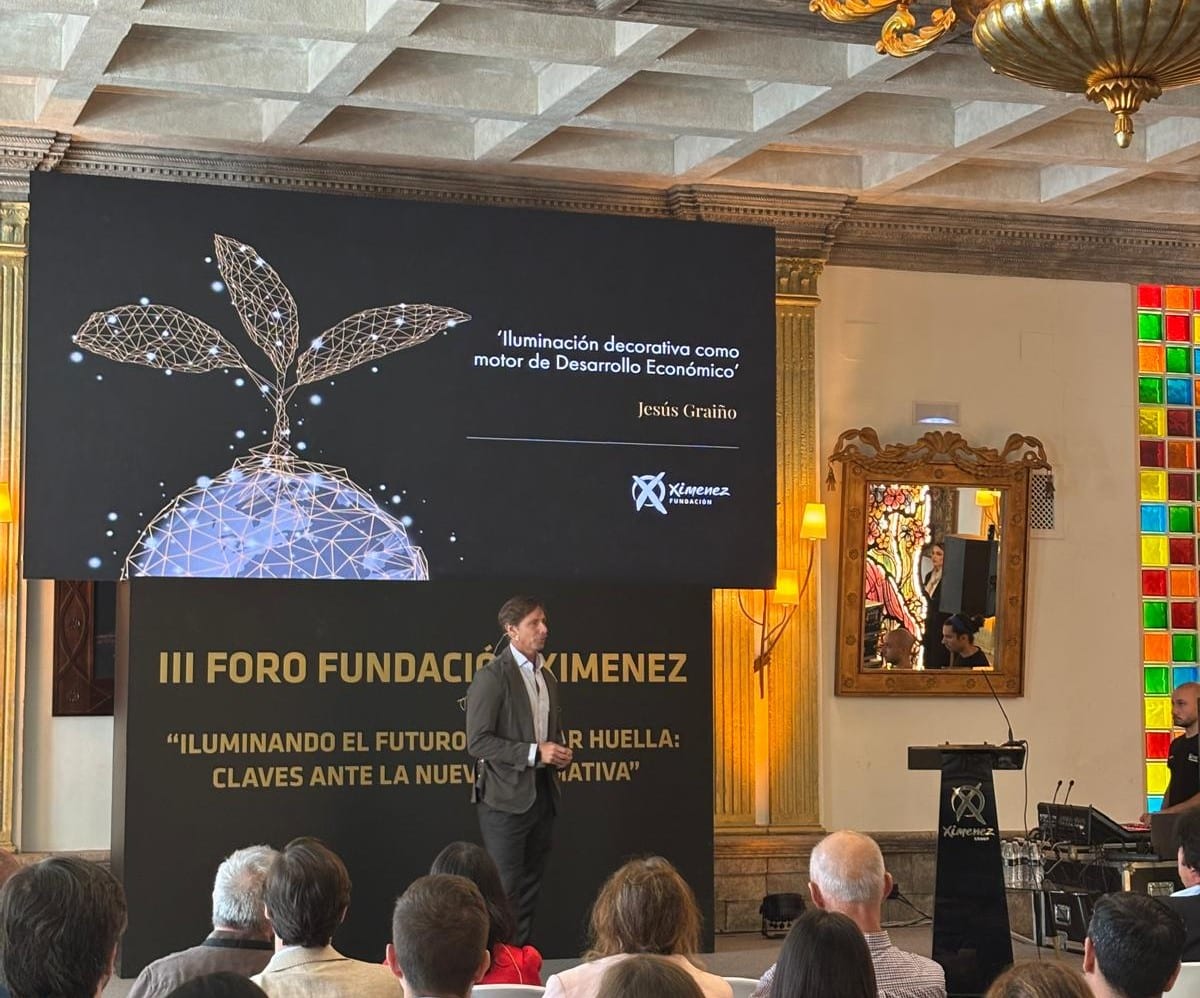
Taking care of the environment, therefore, is not just an option, it is a necessity and an obligation that Ecogreenlux makes possible, helping to light the way towards a more sustainable and efficient future. The speakers later debated all these issues at the round table entitled “Lighting and Sustainable Tourism: challenges in the face of the new regulations on Light Pollution”.
The 3rd Ximenez Foundation Forum has highlighted the importance of moving towards a lighting model that combines innovation, respect for the environment and local development, with the active collaboration of all the agents involved. The presentations and debates reaffirmed that the fight against light pollution is a shared responsibility that opens the way to new technologies and sustainable practices. Thus, Ximenez Group continues to lead the commitment to illuminate the future… without leaving a trace.
